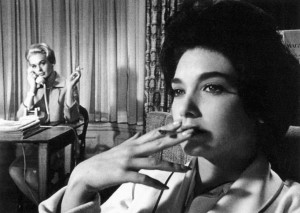Working right now on “Reservation Point,” which touches on conflict palm oil. It’s got a fairly large cast of seven, and I’m exploring the ways different characters interact with each other.
 Dramatica describes three ways that characters can interact:
Dramatica describes three ways that characters can interact:
1. In complementary relationships, the characters help or hinder each other. While both pursuing their own interests, their individual interests may happen to fit with each other or interfere with each other. Friendships often result when they fit with each other.
2. In conflicting relationships, characters’ goals, methods, beliefs, and/or feelings clash with each other. This leads to antagonism, conflict, and enmity. In rare cases, the conflict leads to something positive and better. This doesn’t necessarily mean the characters fight. They may have an opposing approach or process on some issue.
3. Dependent relationships mean each person gives or withholds something the other person needs, usually emotionally. When it’s a case of giving, that can be a very strong relationship. Withholding can be a dysfunctional relationship.
Great relationships sometimes have a little of all three. They may complement each other on some issues, be in conflict on others, and need each other for something else.
Source.
Photo: Suzanne Pleshette and Tippi Hedren in “The Birds.”